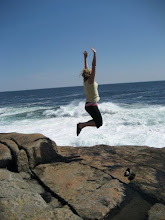
Did you know! Puffer Fish are the second most poisonous vertebrate in the world, the first being a Golden Poison Frog. The skin and certain internal organs of many Tetraodontidae are highly toxic to humans, but nevertheless the meat of some species is considered a delicacy in both Japan and Korea. If one is caught while fishing, it is recommended that thick gloves are worn to avoid poisoning and getting bitten when removing the hook.
Natural defense:As a defense mechanism, puffers have the ability to inflate rapidly, filling their extremely elastic stomachswith water (or air when outside the water) until they are almost spherical in shape. Thus, a hungry predator stalking the puffers may suddenly find itself facing what seems to be a much larger fish and pause, giving the puffers an opportunity to retreat to safety. When lifted out of water there is a risk that puffers inflate with air. This may result in problems deflating again afterwards.
Reproduction: The balloonfish has a pelagic, or open-ocean, life stage. Spawning occurs after males slowly push females to the water surface. The eggs are spherical and buoyant, floating in the water. Hatching occurs roughly after four days. The larvae are predominately yellow with scattered red spots. They are well developed with a functional mouth, eyes, and a swim bladder. Larvae less than ten days old are covered with a thin shell. After the first ten days, the shell is lost and the spines begin to develop. The larvae undergo a metamorphosis approximately three weeks after hatching.



No comments:
Post a Comment